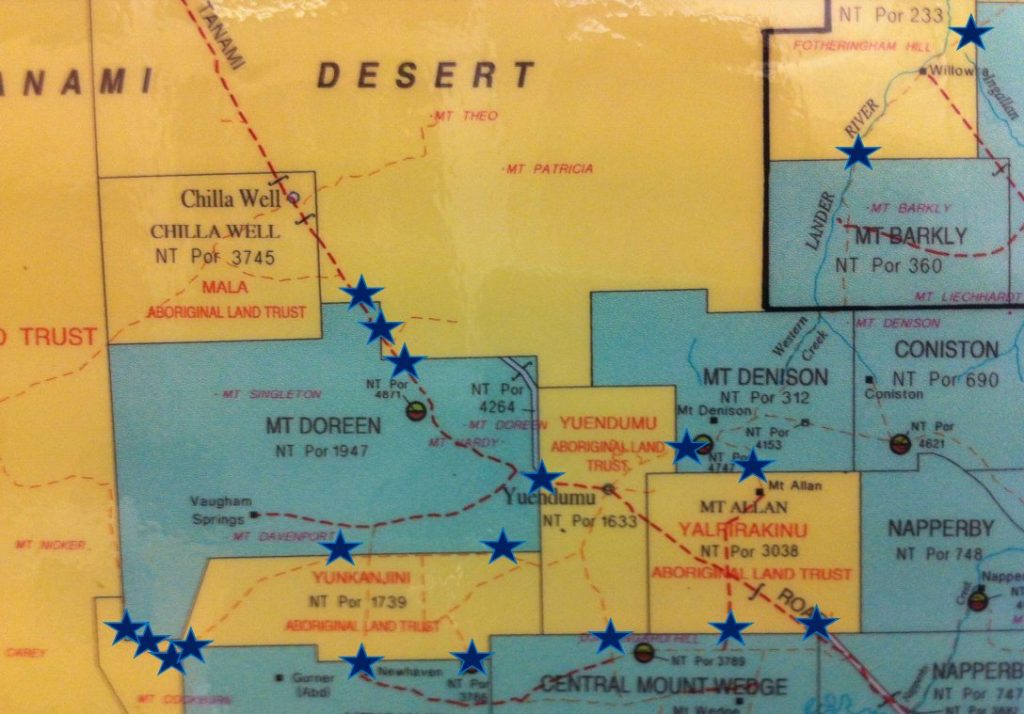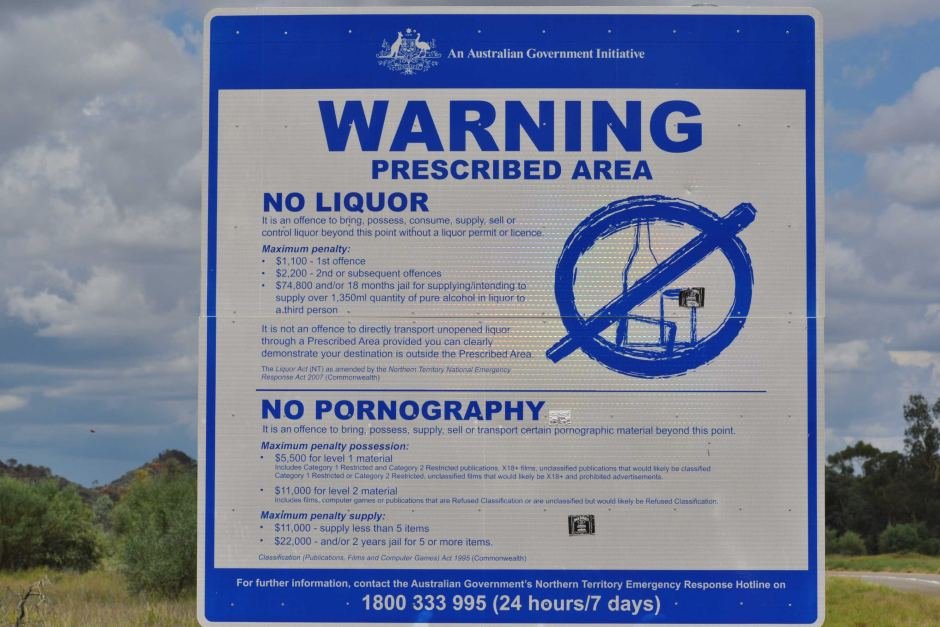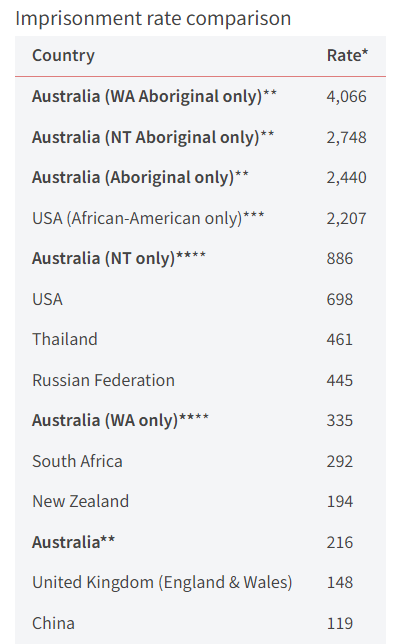In Australia, it is allowed to drive after a light drink. Unless it is a transitional driver’s license for a few years before learning to drive, most holders of a formal driver’s license are allowed to have a slight alcohol content in their blood when they encounter a police investigation for drinking and driving: BAC (blood alcohol concentration) < 0.05, not more than 100ml of blood 0.05g alcohol. This concentration represents how much alcohol you can drink, which varies from person to person. For most people, a can of beer or a shot of whiskey is not a problem.
But that doesn’t mean that drivers can drive and drink alcohol over and over again – which is illegal in all Australian states.
So, can other passengers sitting in the car drink alcohol while the car is driving? Different states have different regulations. In NSW, VIC, SA, other passengers are allowed to drink in the car, but not in ACT, QLD, WA, TAS. Sometimes this rule will be enforced more strictly, even if the car is turned off and parked on the side of the road, the driver is drunk and the car key is in your pocket, the police may decide that you still have the ability to control the vehicle, resulting in drunk driving. possible, and therefore illegal.
In the Northern Territory (Northern Territory), many aboriginal gathering areas are strictly prohibited areas, and all alcohol is prohibited from drinking, trading, or even carrying within the prohibited areas. If you drive through these areas, you can’t even have an open bottle of wine in your car, only brand new and unopened.
I had heard of this rule before, and I always thought it was to respect the cultural taboos of the local indigenous people, like the Muslim no-drink zone. However, it has only recently been discovered that this is not the case…
Some crimes in the indigenous areas in the past few years have made politicians feel that the indigenous people should be controlled… Then the policy of the indigenous areas has gradually shifted from autonomy to intervention. By adjusting the distribution of welfare subsidies for indigenous people, forcing locals to relocate, restricting the types of materials that subsidies can buy, deploying more police, prohibiting alcohol, prohibiting pornography…

The borders of the Aboriginal areas of the Northern Territory (in blue), like those in Africa, are horizontal and vertical, full of colonialism. The road winds its way through the desert, and the road is completely deserted, but every time you cross the virtual border between indigenous and non-indigenous areas, you will see huge warning signs on the side of the road. Sometimes the road passes through the corners of several areas in a row, and this kind of sign will appear particularly frequently. Suddenly seeing a prompt in the wilderness, you have entered the no-alcohol zone, continue to drive two kilometers, you have exited the no-alcohol zone, and entered the no-alcohol zone after one kilometer… It’s a ridiculous feeling.
 You can see the warning signs, the prohibition of alcohol law, which began in 2007, and the earlier, the prohibition of pornography in 1995.
You can see the warning signs, the prohibition of alcohol law, which began in 2007, and the earlier, the prohibition of pornography in 1995.Imagine what it would be like to live in the local area and see these limitations around you all the time. And it doesn’t appear that crime rates have fallen as a result of these measures. Even with the increase in the police force, many crimes that may have been overlooked if committed by white people will be more strictly enforced on indigenous people. For example, overdue fines for driving violations (in the face of the same high fines, the indigenous people are indeed more unable to pay). Aboriginal survival in Australia has always been a big topic. Some concepts of fairness and justice at the ethnic level even conflict with modern social concepts. For example, the incarceration rate of Aboriginal Australians is higher than that of black Americans, especially in Western Australia and the Northern Territory. Although according to “modern people”, it is normal for groups with low income and education to have a high incarceration rate; however, in a country like this, where the incarceration rate of a certain ethnic group is much different from that of the general public, All can be considered “hyper-incarceration”.

This article is reproduced from: https://blog.fivest.one/archives/6110
This site is for inclusion only, and the copyright belongs to the original author.